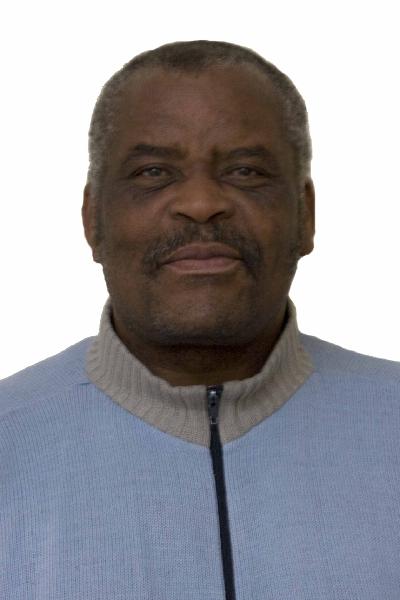
A comprehensive audit of the status of Women and men in Southern African media houses entitled, Glass Ceilings: Women and Men in Southern African Media, was launched in Johannesburg last weekend.
The audit report was put together by Gender Links, a SADC-wide, Johannesburg based NGO with a strong focus on promoting gender equality in and through media through research, training and advocacy.
Delivering a key note speech at the event, SPI director, Francis Mdlongwa suggested that, “this study could be used as a comprehensive map which should guide those at the helm of our media houses to take urgent action to ensure that there is gender parity in all areas of decision-making in their houses by 2015”.
This would be in line with the SADC Protocol on Gender.
There are some positive signals that emerged from the study. For example, two SADC countries, Lesotho and South Africa have achieved the gender parity target in aggregate terms. And at 41%, the overall regional average for women in media is respectable, according to Mdlongwa.
However, when South Africa is taken out of the equation since it has deepest media density across SADC—the regional average unfortunately falls to 32 percent. The report also shows that gender-aware newsrooms are more likely to deliver balanced and responsive news coverage that is so so integral to Southern Africa’s democratisation efforts.
The report goes beyond numbers to show that gender-aware newsrooms are more likely to deliver balanced and responsive news coverage so integral to Southern Africa’s democratisation efforts.
“In the face of this important study, the leaders of our SADC media houses cannot simply continue to do business as usual. They have to rapidly transform their houses to bring about real job equality and equity between men and women in their houses”, Mdlongwa said.

